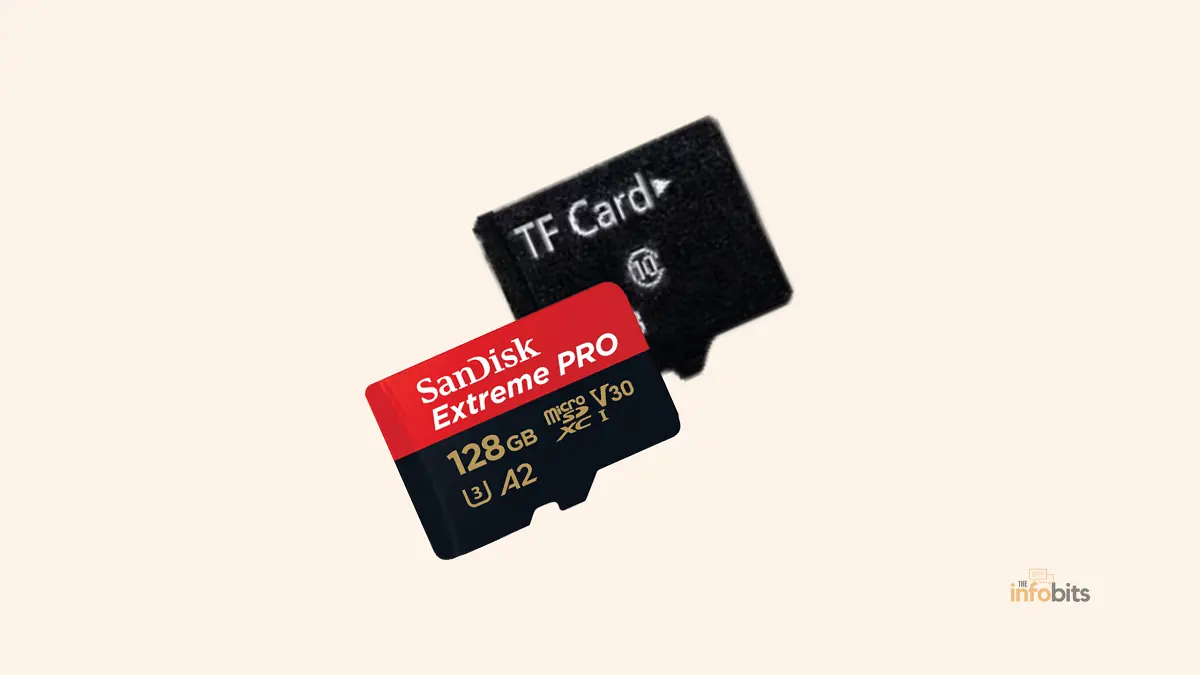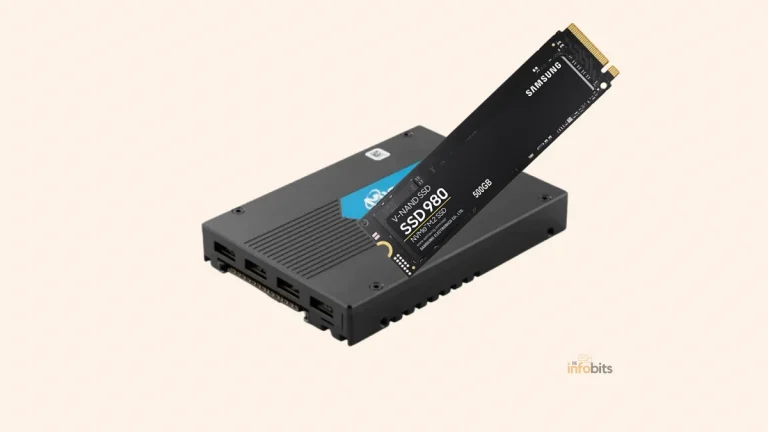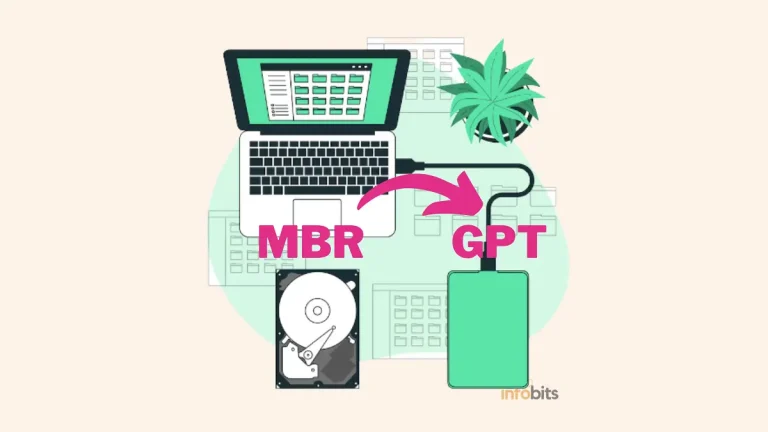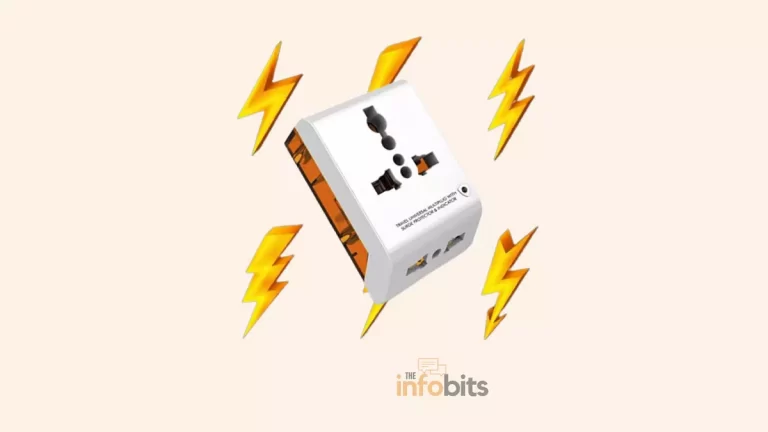What Is a TF Card and How It Is Different from a MicroSD Card?
TF cards and microSD cards are popular types of removable flash memory storage devices used in a variety of digital devices.
Understanding the distinctions between these two types of cards is critical for customers who want to increase the storage capacity of their smartphones, cameras, or other electronic devices.
This article compares TF cards with microSD cards in depth, including topics such as physical qualities, compatibility, storage capacity, speed, cost, and the advantages and disadvantages of each.
By the conclusion of this article, you will have a thorough grasp of the differences between TF cards and microSD cards, allowing you to make more informed judgments when selecting the best storage option for your devices.
TF Cards vs microSD Cards
Definition of TF Cards and microSD Cards
TF cards, or TransFlash cards, are a kind of memory card produced by SanDisk. They are sometimes referred to as microSD (Secure Digital) cards when used in a broad sense.
MicroSD cards are widely used in portable electronic devices like smartphones, tablets, and cameras to store photos, videos, audio files, and other content.
TF or microSD cards are smaller versions of SD cards. Due to size problems, an SD card cannot be used in place of a TF or microSD card.
However, you may use a TF card (microSD card) in devices that normally utilize an SD card, but you’ll need an appropriate SD adapter for compatibility.
Historical Background
The TF card format was developed in 2004, and it evolved into the microSD standard we know today.
In certain countries, the name “TF card” is still used interchangeably with microSD; however, the two are functionally and compatibility-wise identical.
Physical Characteristics and Specifications
Size and Dimensions
Both TF cards and microSD cards have the same physical dimensions: 15 mm x 11 mm x 1 mm. This small size enables them to be employed in a variety of devices without taking up a lot of space.
Build and Design Differences
While TF cards and microSD cards are the same size and shape, there may be slight changes in build quality and design among brands.
TF cards are small flash memory cards that use NAND MLC technology with a SanDisk controller. SD cards are next-generation memory cards that use semiconductor flash memory.
However, in terms of functioning, they are almost similar. An SD card adapter, which may be used to replace SD cards, can accept both microSD and TF cards.
Compatibility and Usage
Devices Supported by TF Cards
Most smartphones, tablets, digital cameras, action cameras, drones, and other portable electronic devices commonly use TF cards.
They offer an easy method to increase storage space and move data between devices.
Devices Supported by microSD Cards
MicroSD cards work with a wide variety of devices, including Android smartphones, digital cameras, camcorders, Nintendo Switch consoles, and more.
They are a common option for increasing storage capacity on devices with limited internal memory.
Storage Capacity and Speed
Capacity Comparison
MicroSD cards come in a variety of storage capacities, ranging from a few gigabytes to many terabytes.
But TF cards are available from megabyte capacities to small gigabyte capacities. The storage capacity you pick will be determined by your requirements and the quantity of data you intend to keep.
Speed Ratings and Performance
In terms of speed, although both TF cards and microSD cards are available in several speed classes, such as Class 2, Class 4, Class 10, UHS-I, and UHS-II, microSD cards with high-speed classes are readily available.
These speed ratings specify how rapidly data can be read or written to the card, which might affect performance, particularly when capturing high-definition video or transferring large files.
Price Comparison and Availability
Pricing of TF Cards
TF cards are recognized for being low-cost solutions for extending your device’s storage capacity.
TF cards are often available at reasonable prices, making them an excellent solution for individuals on a budget.
Pricing of microSD Cards
On the other hand, microSD cards are slightly more costly than TF cards. While they provide larger capacity and quicker speeds, they frequently come at a higher cost.
However, with the widespread availability of microSD cards, there are solutions to suit a variety of budgets and purposes.
Pros and Cons of TF Cards
Advantages of TF Cards
TF cards are small and lightweight, making them convenient for carrying around.
They are also often less expensive than other memory card alternatives, making them an affordable way to enhance your device’s capacity.
Disadvantages of TF Cards
One possible disadvantage of TF cards is their lower storage capacity when compared to other memory card types.
Furthermore, while they are widely compatible, some older or specialized devices may not accept TF cards.
Pros and Cons of microSD Cards
Advantages of microSD Cards
MicroSD cards provide more storage capacity and quicker read/write rates than TF cards, making them suitable for storing large files or running programs and games.
They are also extensively supported on a variety of devices, including smartphones, cameras, and drones.
Disadvantages of microSD Cards
The biggest disadvantage of microSD cards is their higher price as compared to TF cards.
While they provide higher performance, it comes at a cost. Furthermore, certain devices may have limits on the maximum capacity of microSD cards that they can handle, so make sure to verify compatibility before purchasing.
Summary: TF Card Vs MicroSD Card
In conclusion, while TF cards and microSD cards perform comparable functions as portable storage solutions, they have a few distinguishing qualities that cater to diverse user requirements.
A TF card is identical to a microSD card. You can use them interchangeably. Whether you prioritize compatibility, storage capacity, speed, or price, understanding the distinctions highlighted in this article will allow you to make an informed decision when choosing the best storage card for your devices.
By analyzing the advantages and disadvantages of each choice, you can confidently select the card that best meets your needs and improves the performance of your electronic devices.
Frequently Asked Questions
1. What is the difference between a TF card and a microSD card?
There are no significant differences between a TF card and a microSD card other than their price and storage capacity. You can use them interchangeably.
2. Are TF cards and microSD cards interchangeable in devices?
Yes. You may use TF and microSD cards interchangeably.
3. Do TF cards and microSD cards differ in terms of storage capacity?
MicroSD cards provide a larger storage capacity, making them excellent for storing large files.
4. How do the speed ratings of TF cards compare to those of microSD cards?
MicroSD cards have quicker read/write rates than TF cards, therefore they are great for running apps and games.
Please share this article with your friends and relatives if you find it useful.
We also ask that you bookmark this page for future reference, as we are constantly updating our articles with new information.
Sign up for our free newsletter as well to receive fresh information immediately in your inbox and keep technically up to date.








